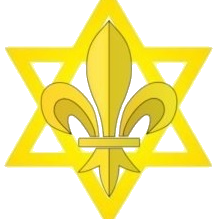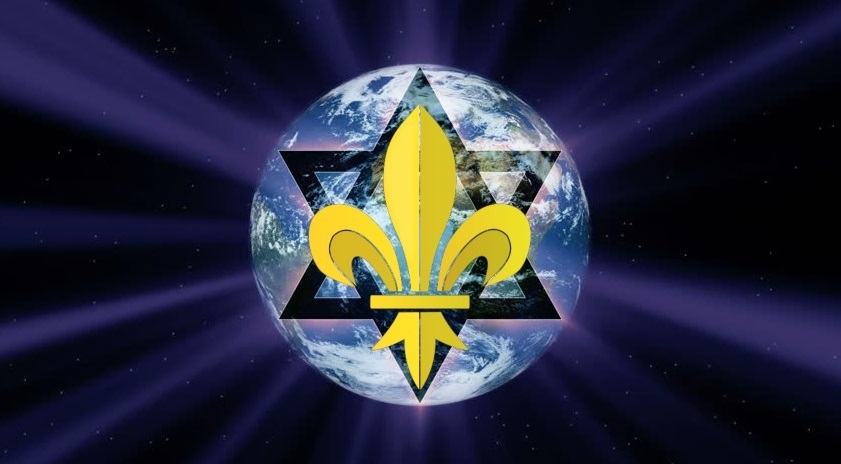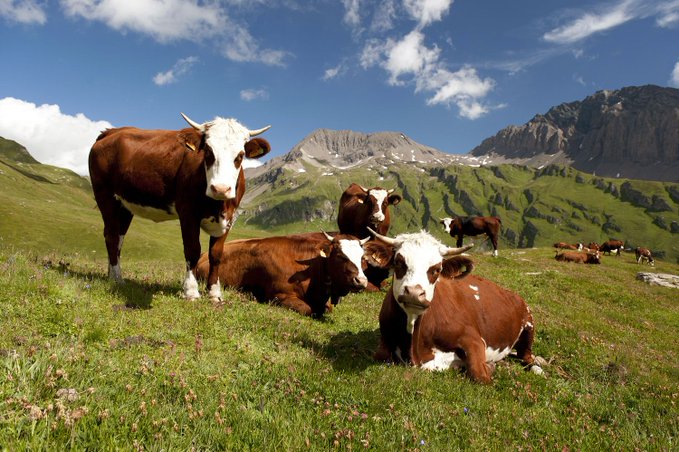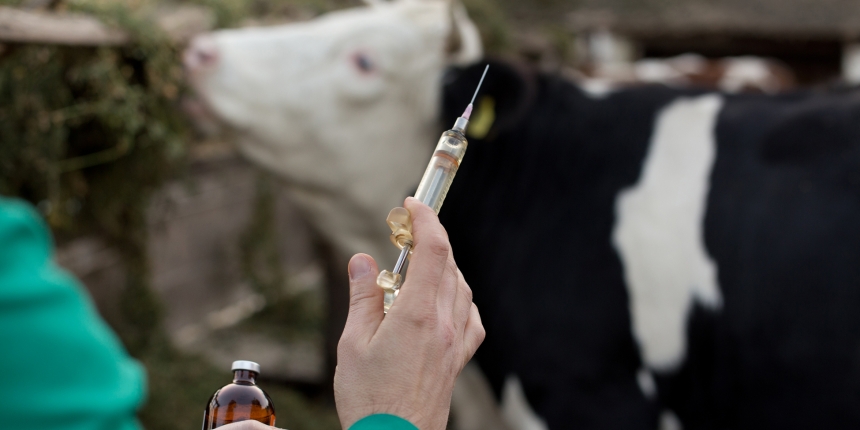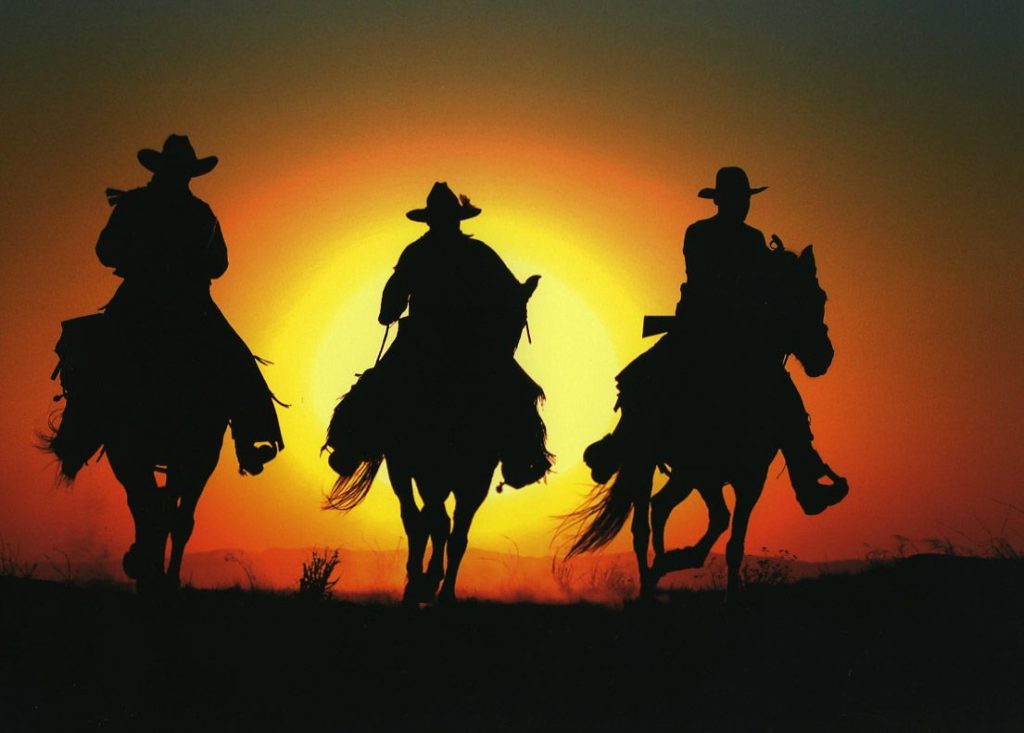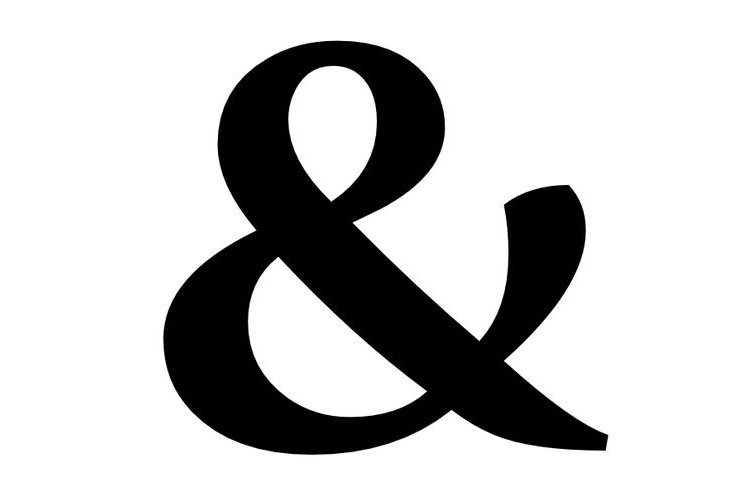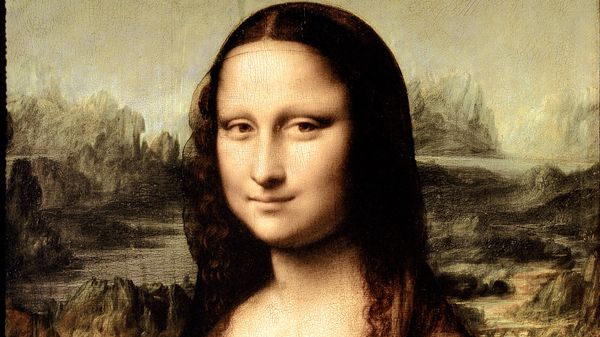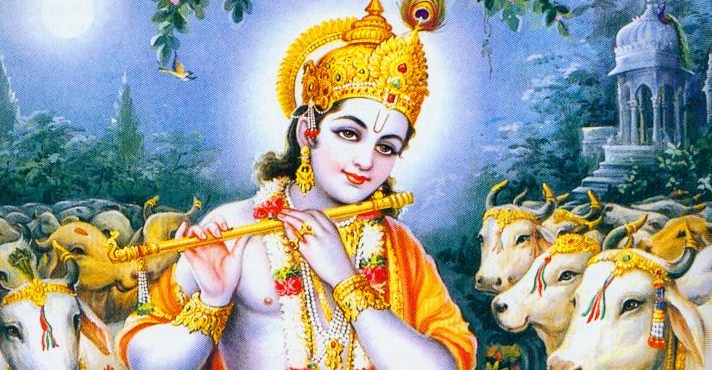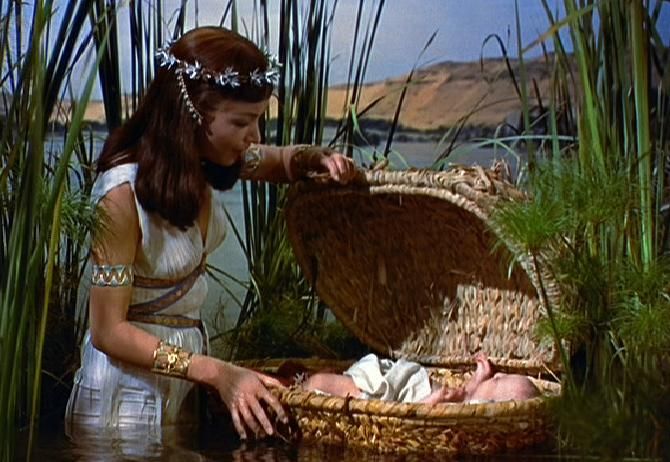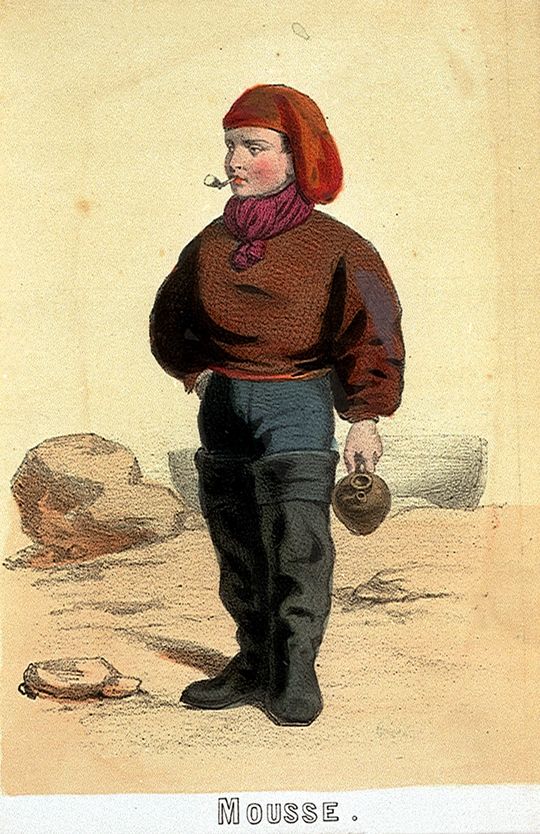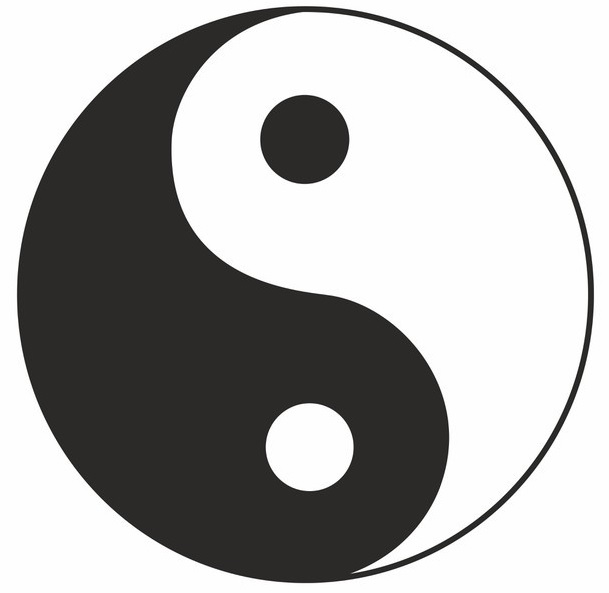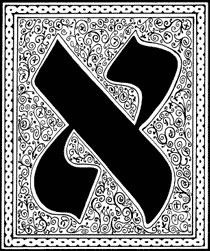The Shechina (Divine Presence) says, “I am black, but beautiful, O daughters of Jerusalem.” (Song of Songs 1:5)
Everything seems dark during exile. The Divine Presence is concealed; it is “black.” It is unknown, misunderstood. To liberate it, we must seek to understand what is different, “obscure,” and bring forth Light, which will unveil the Shechina, the “Unrecognized Queen.”

#DArk
“Energuia Afela” (“Dark Energy”)
אנרגיה אפלה
Gematria = 385
= gematria of “Assiya” (the world of Action corresponding to Malchut / Kingdom)
עשיה
= gematria of “Shechina,” the “Divine Presence” (literally meaning “Dwell” or “Reside”), also associated with Malchut
שכינה
The first word in the Bible with a gematria of 385 is “HaRakia” (“The Firmament,” cf. Genesis 1:7)
הרקיע
Etymologically, “Rakia” means a “Canopy,” a “Dome,” a “Veil.” While dark energy represents about 68% of the total energy density of the universe, its nature remains unknown.
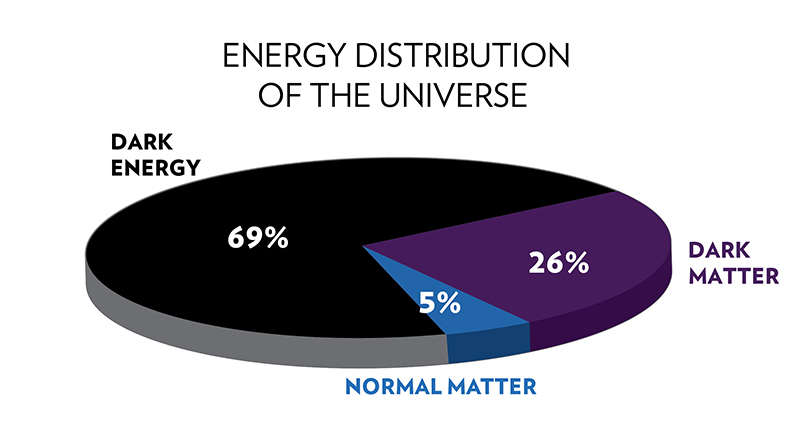
“HaRakia” is an anagram of “HaIkar” (“The Majority,” “The Essence”).
הרקיע
העיקר
The majority of the universe is veiled.
“HaRakia” (or “HaIkar”) are also anagrams of “Ayin Rak Yah.”
הרקיע
ע רק יה
Ayin, or 70, the Sod (Secret) = Only God
“HaKessem HaShachor” (“Black Magic”)
הקסם השחור
Ordinal gematria = 112
= gematria of the combined names of God: YHVH ELOHIM
יהוה אלהים
Defy gravity. Tear the veil. Invert everything and you will understand the mysteries of the universe.
#BLAK #KABL
Full gematria of “Dark Energy”:
אנרגיה אפלה
אלף נון ריש גימל יוד הה אלף פא למד הה
= 1116 + 2 (Kolel) = 1118
= gematria of the Shema Israel
“Hear, O Israel: YHVH is our God, YHVH is One!” (Deuteronomy 6:4)
שמע ישראל יהוה אלהינו יהוה אחד
“Afel,” meaning “Dark” or “Obscure,” is an anagram of “Aleph,” the One.
אפל
אלף
The One is found within what is dark, unknown, unconscious, incomprehensible.
“Énergie Noire” (“Dark Energy”) in French is an anagram of “Reine Ignorée” (“Unrecognized Queen”): it escapes direct detection.
To find it, we must go into the inner depths of things, think “quantum”.
To understand dark energy is to understand the expansion of the Universe: our destiny.
